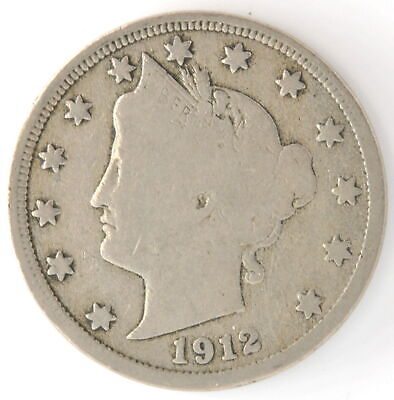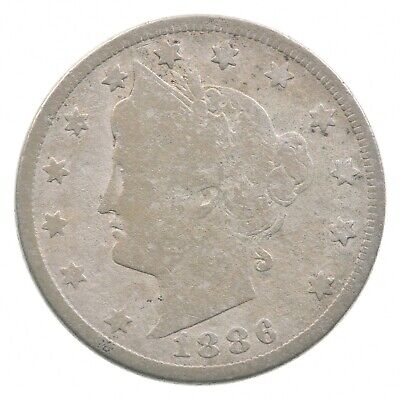The Liberty Nickel, also known as the V Nickel, is a significant piece of American numismatic history. With its unique design and historical relevance, collectors and enthusiasts often seek to understand how to grade these coins accurately. This blog will guide you through the historical context, grading standards, and key features to look for when assessing the value of a Liberty Nickel.
Historical Context
The Liberty Nickel was introduced in 1883 as a replacement for the Shield Nickel. It was part of a broader effort to modernize U.S. coinage and improve public trust in the currency system. The coin’s designer, Charles E. Barber, was the Chief Engraver of the United States Mint. The Liberty Nickel was minted until 1913, with its production spanning three decades marked by significant economic and social changes in the United States.
Collectors value the Liberty Nickel for its historical importance and its role during a transformative era in American history. Its introduction marked the beginning of the end for the Shield Nickel and was a stepping stone towards the modern nickels we use today.

Liberty Nickel Value Chart
The value of a Liberty Nickel varies significantly based on its condition. Below is a value chart that categorizes the coin’s worth depending on its grading:
| Condition | Estimated Value Range |
|---|---|
| Good | $2 – $10 |
| Fine | $12 – $30 |
| Extra Fine (XF45) | $40 – $75 |
| About Uncirculated (AU) | $100 – $200 |
| Brilliant Uncirculated (BU) | $250 – $500 |
| MS66 | $1,000 – $2,500 |

Liberty Nickel Obverse and Reverse Design
The obverse of the Liberty Nickel features the head of Lady Liberty facing left, adorned with a coronet inscribed with the word “LIBERTY.” In Mint State Condition, the design elements are sharp and detailed, with full hairlines and a clear inscription. In Fine Condition, some wear will be visible, particularly on the high points of her hair and coronet, though the main features remain discernible. In Circulated Condition, the design is significantly worn, and finer details are often smoothed out.
The reverse showcases a large Roman numeral “V” indicating the coin’s denomination, surrounded by a wreath. In Mint State, the wreath details are crisp, and the surfaces are free from major blemishes. In Fine Condition, the wreath shows signs of wear, with some loss of detail in the leaves. In a Circulated Condition, the reverse design is considerably flattened, with the “V” and wreath appearing worn.
The Liberty Nickel features a smooth edge without reeds, which is consistent across all conditions.
Liberty Nickel Composition and Physical Features
The Liberty Nickel is composed of 75% copper and 25% nickel, giving it a distinctive appearance and durability. The coin measures 21.2 mm in diameter and weighs approximately 5 grams. Its lack of a reeded edge distinguishes it from other contemporary coinage.
Rare Issues and Error Coins
Some Liberty Nickels are especially valuable due to their rarity or errors. The 1913 Liberty Nickel is the most famous of these, with only five known examples, each commanding prices in the millions. Error coins, such as those with doubled dies or misstrikes, can also be valuable, often fetching hundreds to thousands of dollars depending on the error type and coin condition.
Special Releases
Proof Liberty Nickels were produced in limited quantities and are highly sought after by collectors. These coins were made with a special minting process that gives them a mirror-like finish. Known valuable error coins include the 1885 and 1886 issues, which are scarce and can reach high values in top conditions.

How to Identify a Valuable Liberty Nickel
To identify a valuable Liberty Nickel, consider the following:
- Check the mint year: Some years, like 1885, 1886, and 1912-S, are rarer and more valuable.
- Assess the coin’s condition: Higher grades such as MS66 fetch higher prices.
- Look for errors: Double dies and other mint errors increase a coin’s value.
Grading Your Liberty Nickel
Amateur numismatists can grade their Liberty Nickels by observing wear on key features such as Lady Liberty’s hair and the wreath on the reverse. Using a magnifying glass, check for sharpness in the details and any signs of error. Compare your observations with standardized grading criteria to determine the coin’s condition and potential value.
In conclusion, the Liberty Nickel is a fascinating and worthwhile pursuit for numismatists. Understanding its grading and value can enhance your collection and appreciation for this historical coin.